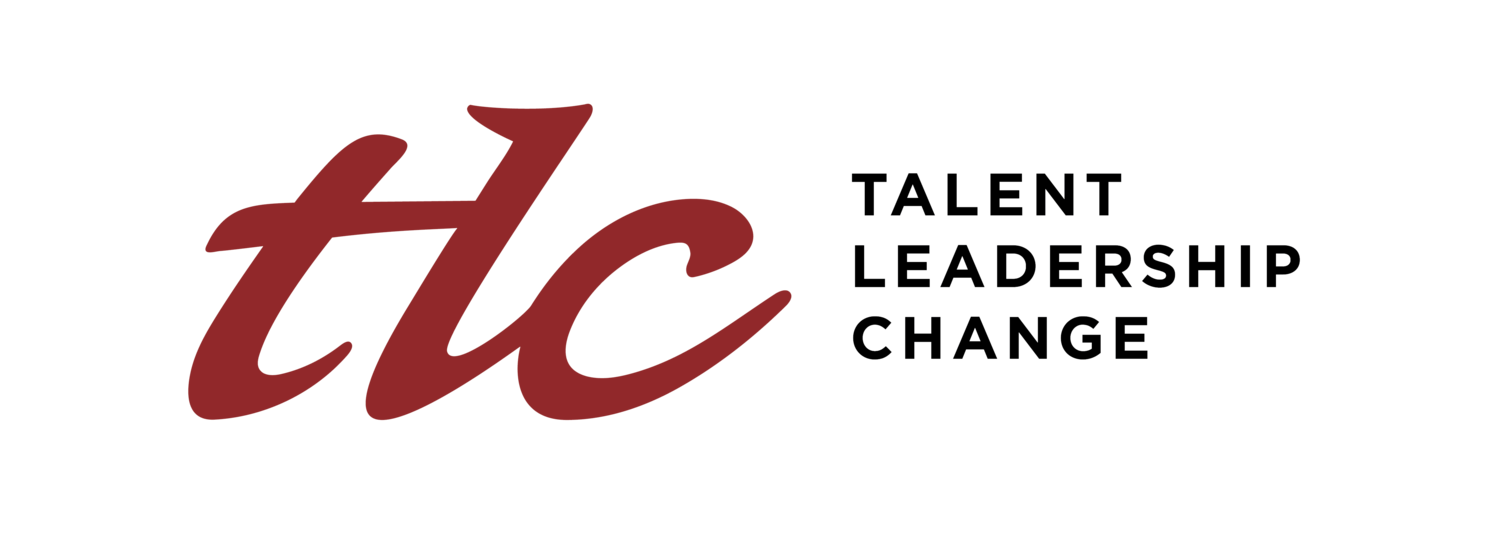IN SEARCH OF THE RIGHT EXECUTIVES
The advent of LinkedIn, Facebook, Twitter, and other social media has not only promoted greater connections among people. It has also commoditized the executive search industry, making recruitment a ceaseless, almost permanent process.
“I get as many as a dozen emails and calls per week for managerial jobs in our industry for overseas assignments,” says a vice president at a power company. Another admits being tempted to change jobs after getting attractive proposals. He says: “My wife and I are seriously considering these offers as they are a ticket to our financial freedom and I am personally affirmed by the offer of bigger responsibilities and travel.”
The barrage of tempting job offers is inevitable as headhunters deliberately maximize the opportunities offered by social media apps such as LinkedIn, with its 160-million membership, to find executive talent. “I am a strong believer and advocate of social recruiting, particularly building
solid proficiency in LinkedIn, where we have invested heavily,” says Yu Ming Chin, CEO of Viventis Search Asia. Jesus Zulueta, chairman of ZMG Ward Howell, the country’s biggest search firm, agrees: “Research is key. We made tremendous investments in social media”.
While social recruitment may be a boon for executives, it is potentially disruptive for the companies they work for. How can organizations fortify themselves to boost resilience amid the constant threat of their best talents being poached by other companies?
For companies that invested in their own internal search units, what is the mix between internal and external search resources that will deliver the executive talents needed by businesses in a highly uncertain and volatile environment?
“If the external job offers for your executives are ceaseless, then so must your efforts to retain, develop and attract talent.”
Unfortunately, the problem is bound to get worse. The prospect of greater regional integration with the advent of ASEAN Economic Community by end-2015 could trigger a modern-day brain drain as talented Filipino executives move to better-paying jobs in other Southeast Asian capitals. That is a big downside for local companies that may lose homegrown executive talents to companies with deeper pockets across the region.
Particularly vulnerable are companies in five industries where global executive search is most intense, according to the Association of Executive Search Consultants, a New York-based global association of retained executive search firms: (1) manufacturing (2) energy/natural resources (3) healthcare/life sciences (4) financial services and (5) technology/telecoms. Be warned: If your company is in one or more of these sectors, you are rich hunting ground for talent wherever you are in the world.
There are no quick and easy answers on how to protect your company from disruption. What follows are some ideas and questions that you can build on toward boosting resilience. Strengthen your internal “talent management” initiatives and go for quick wins by investing on your best talents so that even if they get enticing calls and emails on a weekly basis, they will think twice about leaving.
Ask the tough questions, decide and act accordingly. In what parts of the business do you have the luxury of time to build from within? Where must you acquire talent from the outside? Do you implement rigorous programs around specialized leadership positions or do you create a pool of generalists who are capable of taking on any of a number of leadership roles as the opportunity arises? Do you focus on sourcing talents from within the industry or do you look for the crème de la crème even outside your sector?
These are the conversations you must have with your leadership team, your head of human resources, and executive search consultants in a test of what Zulueta calls “stickiness of client relationship.” If all the latter hands you are a bunch of nicely packaged CVs, then there is no value-added. But if you get deep insightful responses and an approach that integrates practical assessment tools, due
diligence in 360-degree reference checks, help in on-boarding your new executive, perhaps even seasoned career coaching and mentoring cognizant of cultural nuances, then you have a trusted advisor in your midst.
All these imply thinking about leadership development as a strategic function within the company – something that should concern the CEO and the directors, not just the HR department. If the external job offers for your executives are ceaseless, then so must your efforts to retain, develop and attract talent.
*Published as a monthly Leadership Column in Forbes Philippines
